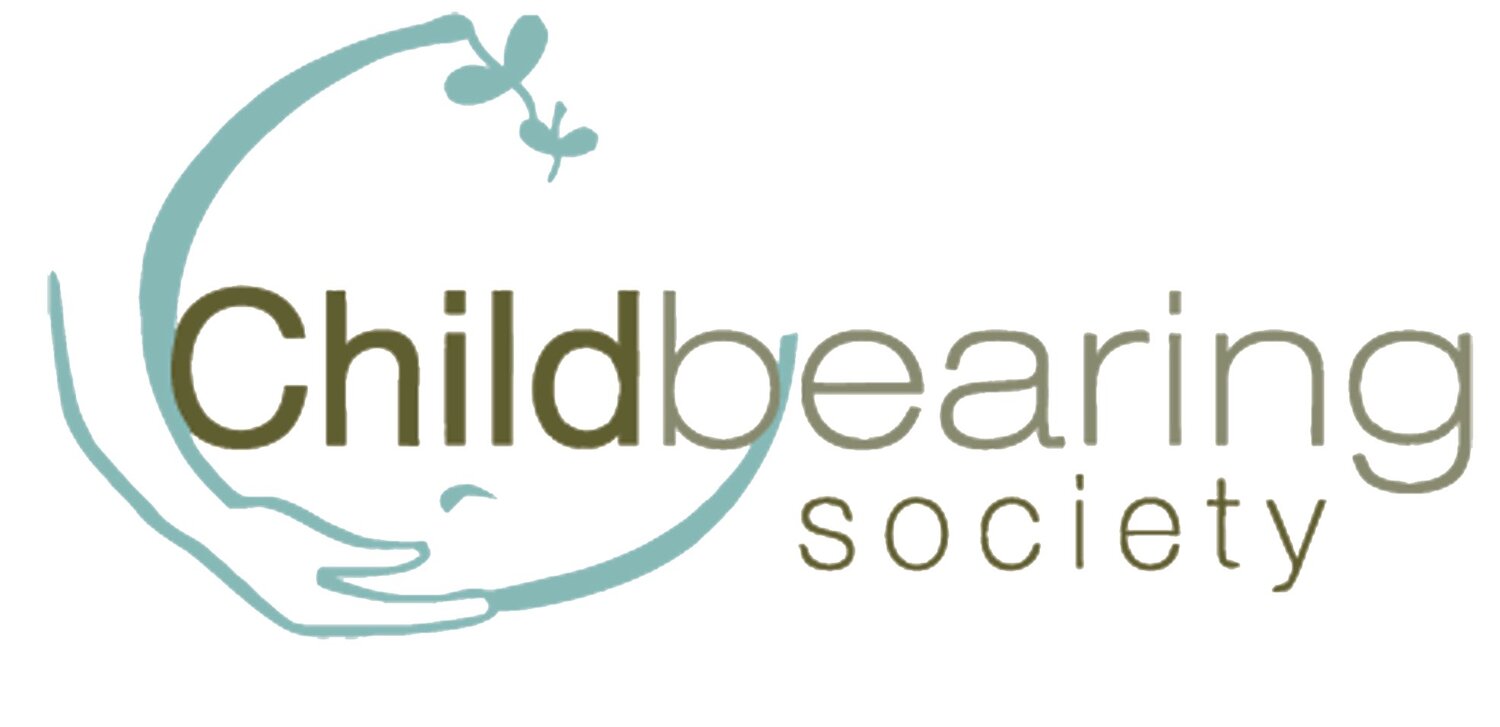Placentophagy & Placenta Encapsulation
Placentophagy is the act of mammals eating the placenta of their young after birth. The practice of eating placenta is not new. In fact, all mammals, with the exception of marine mammals and camels eat their placenta. Humans eating placenta started during the 1970s and has become more popular in the past 15 years or so. This is due to increased publicity about it, recent well known celebrities sharing about their experience taking placenta pills, and personal accounts found on social media such as Facebook. For many it’s considered a fad, but there are also many who claim that they benefited from eating their placenta. For more info on placentophagy go to: https://placentabenefits.info/placentophagys-biological-purpose/
There has been animal research done on ingestion of placenta, but human trials have been few and with small numbers. Yet they do show encouraging results, such as those related to iron levels in placenta. Research shows fatigue to be a contributing factor for postpartum depression. By taking one’s own placenta, the increased iron stores can lead to having more energy, therefore lowering risk for PPD (postpartum depression). Replenishing depleted iron is good news also for women who have experienced anemia during pregnancy, or had heavy blood loss during the birth.
Also for thousands of years Traditional Chinese Medicine (TCM) doctors have used placenta as an ingredient in certain remedies to treat patients with lowered energy (chi), blood disorders, infertility and other conditions. TCM uses placenta to aid in good lactation. https://placentabenefits.info/placenta-for-healing/
The Maternal Side of the Placenta
Human Placenta contains:
Hemoglobin (replenishes iron)
Gammaglobulin (immune booster, prevents infection)
Cortisone (reduces stress by lowering cortisol)
POEF (increases natural endorphins)
HPL (stimulates milk production)
Prolactin (produces breast milk)
Prostaglandins (reduce inflammation)
Thyroid stimulating hormone (helps with stress, weight regulation)
Oxyocin (bonding, well-being)
Urokinase inhibiting factor XIII (wound healing and reduction of bleeding)
Interferon (infection prevention, immune stimulation)
Placenta Encapsulation is the process of preparing human placenta into capsules for ingestion. The placenta is dehydrated from either a raw state or after being warmed by steaming, then ground down and put into capsules.
For recent research about placenta encapsulation, benefits and risks go to: https://www.ncbi.nlm.nih.gov/pmc/articles/PMC6138470/
Summary from research article: Placental tissue is a source of natural hormones, trace elements and essential amino acids – the ingestion of raw or dehydrated placenta could influence postpartum convalescence, lactation, mood and recovery.
The risk of intoxication from individual intake appears to be low in terms of microbiological contamination and the content of potentially toxic trace elements. However, the mother should be advised that the processing and use of the placenta is her responsibility and that the transmission of infections cannot be ruled out.
Further studies focusing on the bioavailability of the hormones after oral ingestion and their potential physiological effect are necessary to evaluate the use of placental preparations. Patients with an interest in placentophagy should be informed about the potential risks and effects.
Recently in a news report Canadian obstetricians warned mothers about the danger of ingesting their placenta, and stated that there are no proven benefits.
The warning stemmed from a case in the USA in 2017 when a baby became sick from GBS and it was thought to be caused by the mother taking her placenta pills. GBS was found in the pills. Yet the baby was ill from GBS prior to the mother ingesting her placenta. The baby became sick a second time after the mother began taking her pills.
The Association of Placenta Preparation Arts has this to add to understand about GBS and placenta: https://placentaassociation.com/group-b-strep-placenta-encapsulation/
Another question concerning placenta ingestion was posed by a Lactation Consultant concerned that the hormones in placenta, specifically progesterone and estrogen would cause low milk supply. A response was presented in this article.
http://www.minnesotaplacenta.com/blog/does-placenta-encapsulation-lower-milk-supply
Despite concerns new mothers continue to have their placenta encapsulated. There are numerous positive anecdotal stories that lead to other mothers following suit. Many claim that it’s helped them with having great energy, maintained a good mood, and others believe it’s helped with an abundant milk supply. Mothers who didn’t encapsulate after a first birth and then for a second, swear it made a huge difference with their postpartum recovery.
Amniotic Sac and Cord
It is wise to research who prepares placenta, and if, for example, they have completed a certified training course and know how to handle and prepare it properly. Training includes learning about and following OSHA guidelines (handling blood borne pathogens), as well as Food Safe requirements. Here is a list of three organizations that offer trainings.
https://www.ippatraining.com/placenta-encapsulation
Vancouver hospitals such as BC Women’s require that a form be signed allowing patients to take home their placenta. If there were complications during a pregnancy or with labour, or baby, the placenta may be sent to the Pathology Lab for testing. Placentas are disposed of in the hospital’s incinerator. If you want your placenta to be encapsulated, it needs to be kept on ice, or in your own cooler until it can be picked up by an encapsulator. Hospitals do not store placenta in their fridges.
Google to find local placenta encapsulators. There are many located within the Greater Vancouver area.
About the Author:
Debra Woods is a seasoned birth & postpartum doula who’s cared for more than 750 childbearing families. She has been practicing since 1989. She is also a certified childbirth educator and placenta encapsulation specialist. Mother to one son, who was born at home, she is passionate about women becoming fully informed about birth in order to make the best decisions for themselves. She loves helping families with their newborns so they can experience a smooth adjustment into parenthood.
